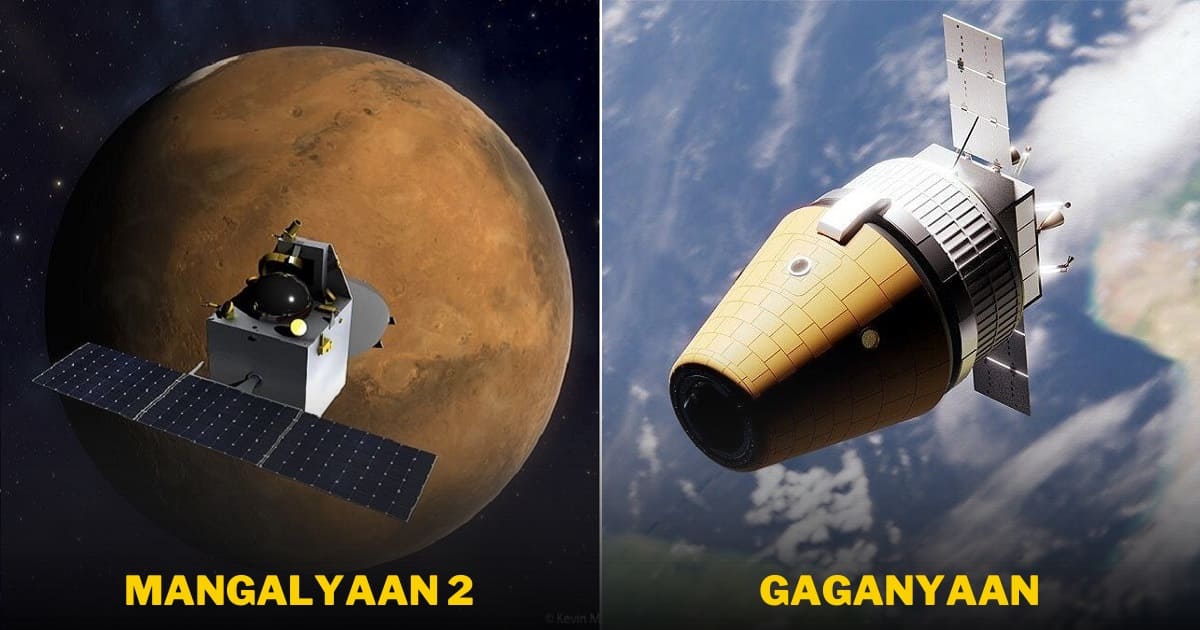
India became the first nation to land on the South Pole of the Moon today on August 23, 2023, at 6:04 pm IST making it a proud moment for our country. Before this, ISRO successfully launched Chandrayaan-1 on 22nd October 2008 from SDSC SHAR Sriharikota, Andhra Pradesh.
The budget set for Chandrayaan-3 was Rs. 615 Crore, which is notably lower than the Chandrayaan-2’s Vikram launched on 22nd July 2019, with a budget of about Rs. 970 Crore. Although ‘Vikram’ was a “partial failure” due to a software glitch, ISRO accomplished its goal on an even lower budget, indicating enhanced efficiency and reduced costs.
ADVERTISEMENT
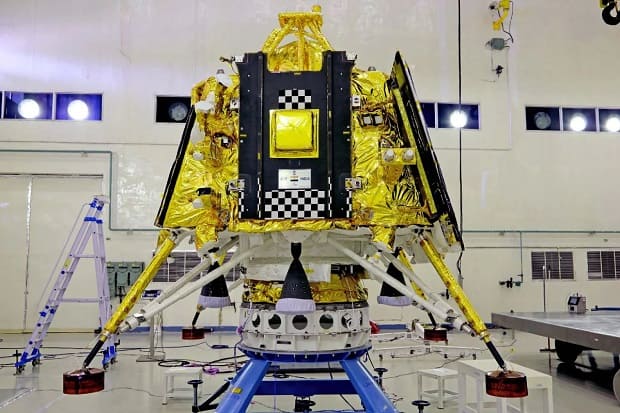
Upcoming Missions and Expected Budgets
1. Aditya L-1 – 2023
Aditya L-1 is the first mission by India which is dedicated to observing the Sun, and it is scheduled to be launched aboard a PSLV-XL in September’23. According to ISRO’s official website, as the spacecraft moves towards L1, it will leave the Earth’s gravitational Sphere of Influence (SOI). After the exit from SOI, the cruise phase will begin and thereafter, the spacecraft will be injected into a large halo orbit around L1. The total travel time from launch to L1 would take about four months for Aditya-L1.
Expected Cost: Rs. 378 Crores
Objectives:
- Understanding Coronal Heating, Solar Wind Acceleration, Coronal Mass Ejection (CME), Solar Flared, and Near-Earth space weather.
- To comprehend the coupling and dynamics of the solar atmosphere and solar wind distribution.
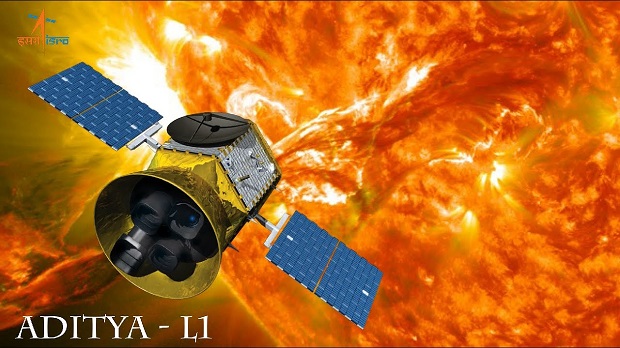
2. NASA-ISRO SAR (NISAR) Satellite
According to ISRO officials, NASA-ISRO SAR or NISAR is a Low Earth Orbit (LEO) observatory being jointly developed by US space agency NASA and Indian Space Agency ISRO.
ADVERTISEMENT
NISAR will map the entire globe in 12 days and provide spatially and temporarily consistent data for understanding changes in the Earth’s Ecosystems.
An ISRO official noted,
“It carried L and S dual band Synthetic Aperture Radar (SAR), which operates with Sweep SAR technique to achieve large swath with high-resolution data. The SAR payloads mounted on Integrated Radar Instrument Structure (IRIS) and the spacecraft bus are together called an observatory”.
Expected Cost: $1.5 billion (approx. 12,384 crores)
Objectives:
- Understanding Changes in Earth’s Ecosystems, ice mass, biomass, sea level rise, groundwater, and natural hazards including tsunamis, earthquakes, volcanos, and landslides.
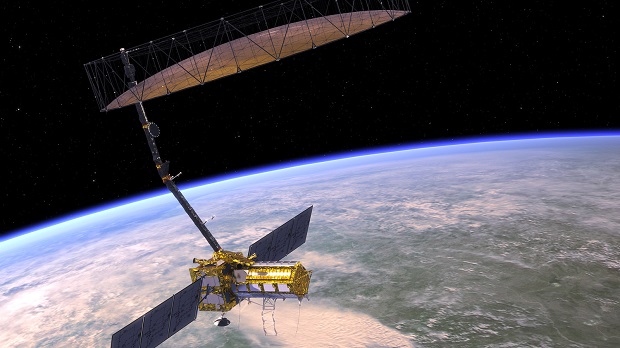
3. SPADEX-Third Quarter Of 2024
SPADEX, or Space Docking Experiment, is a twin spacecraft mission being developed by the Indian Space Research Organization (ISRO) to demonstrate technologies for orbital rendezvous, docking, formation flying, and other proximity operations.
The SPADEX campaign will consist of two IMS-class satellites, one being the chaser and the other being the target. Both satellites will be launched as co-passengers.
ADVERTISEMENT
Expected Cost: SPADEX was approved by the government of India in 2016, with initial funding of Rs. 10 crores. The mission is expected to be launched in the third quarter of 2024 with the expected funding of Rs 124 crores.
Objectives:
- Scope of applications in human spaceflight, in-space satellite servicing and other proximity operations.

4. ISRO’s Mangalyaan – 2, 2024
Mars Orbit Mission-2 (MOM 2) is a proposed secondary interplanetary mission by the ISRO. In 2019, there was speculation that MOM 2 could include a lander, but in 22021, ISRO chairman K. Sivan clarified that the mission would only consist of an orbiter.
Objectives:
ADVERTISEMENT
• This mission will also include a hyper-spectral camera, a high-resolution camera, and a radar to understand early Martian Crust, recent basalts, and boulder fall.
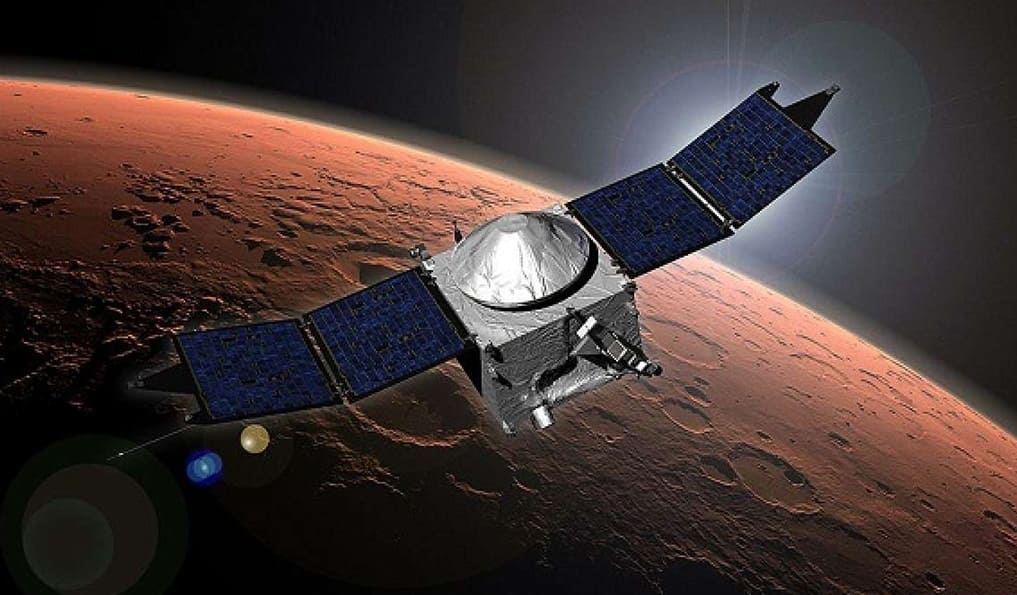
5. Gaganyaan – 2024
Gaganyaan is India’s first human space mission set to launch in 2024. The Gaganyaan project envisions a demonstration of human spaceflight capability by launching a crew of 3 members to an orbit of 400 Km for a 3-day mission and bringing them back to earth safely by landing in Indian sea waters.
Various precursor missions are being planned to demonstrate the readiness of technologies for human spaceflight. These missions will be unmanned and will test the reliability and safety of all systems. These include Integrated Air Drop Test (IADT), Pad Abort Test (PAT), and Test Vehicle (TV) flights.
LVM3 is identified as a well-proven and reliable launch vehicle for Gaganyaan Mission. HLVM3 will be capable of launching the Orbital Module to an intended Low Earth Orbit of 400 Km.
ADVERTISEMENT
Expected Cost: Rs 9023 Crores
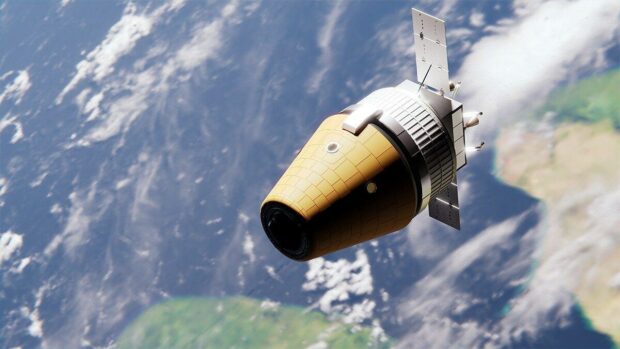
6. ISRO’s Shukrayaan 1 – 2031
ISRO’s Venus Mission, Shukrayaan 1 was set to launch in December 2024; however, the idea was conceived in 2012.
The best time to launch from Earth to Venus is once every 19 months or thereabouts. ISRO also has “backup” launch dates in 2026 and 2028.
ISRO mentioned the pandemic as the reason for delaying Shukrayaan 1’s launch from mid-2023 to December 2024. Delays in manufacturing and obligations to commercial launch services impacted other ISRO projects, such as Aditya L-1, and Chandrayaan-3.
ADVERTISEMENT
Shukrayaan 1 will be an orbiter mission. A high-resolution synthetic aperture radar and a ground-penetrating radar are two of its current scientific payloads.
Expected Cost: Rs 500-1000 Crore
Objectives:
• From an elliptical chord, the mission will quite certainly research Venus’s geological and volcanic activities, emissions on the surface, wind speed, cloud cover, and other planetary features.
ADVERTISEMENT
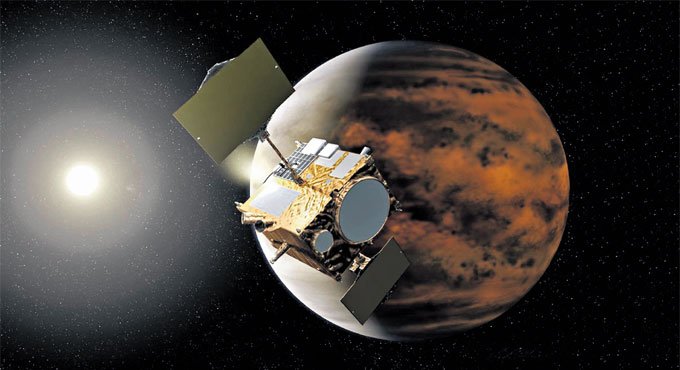
ADVERTISEMENT











